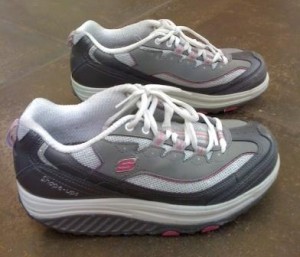With the fall season in full swing, colder weather is well on its way. A common question amongst people with joint pain is does the weather actually play a role in my joint pain? The answer to this is yes (to an extent). While it may not be the sole reason for your joint pain, changes in the weather can have certain effects on your musculoskeletal system.
Take colder temperatures for example, a decrease in temperature can cause our muscular tissue to tighten up which in turn can restrict joint movement, causing an increased sense of stiffness in the joints. Decreased temperatures can also cause the fluid in your joints to thicken slightly, which can decrease its ability to move around the joints as freely as it would in warmer weather, causing that sense of stiffness.
Another element of weather that has a role in joint pain is atmospheric pressure. Before a shift in the weather (rain or snow), the pressure of the air experiences a significant drop. A drop in atmospheric pressure allows the pressure within the body to expand. This internal rise in pressure can cause subsequent increased pressure in the joints, causing increased aches and pains. So when a friend predicts rain because their knees are aching, you may want to make sure you have an umbrella on hand in the days that follow.
Just because colder weather is coming to stay for a while, does not mean you should have to live with that increased pain and stiffness in your joints until Spring. This is a great time to get up and move, as increased physical activity will help increase blood flow to your muscles and help warm up those joints.
Written by: Dr. Taylor Ryan staff physical therapist at HPT

